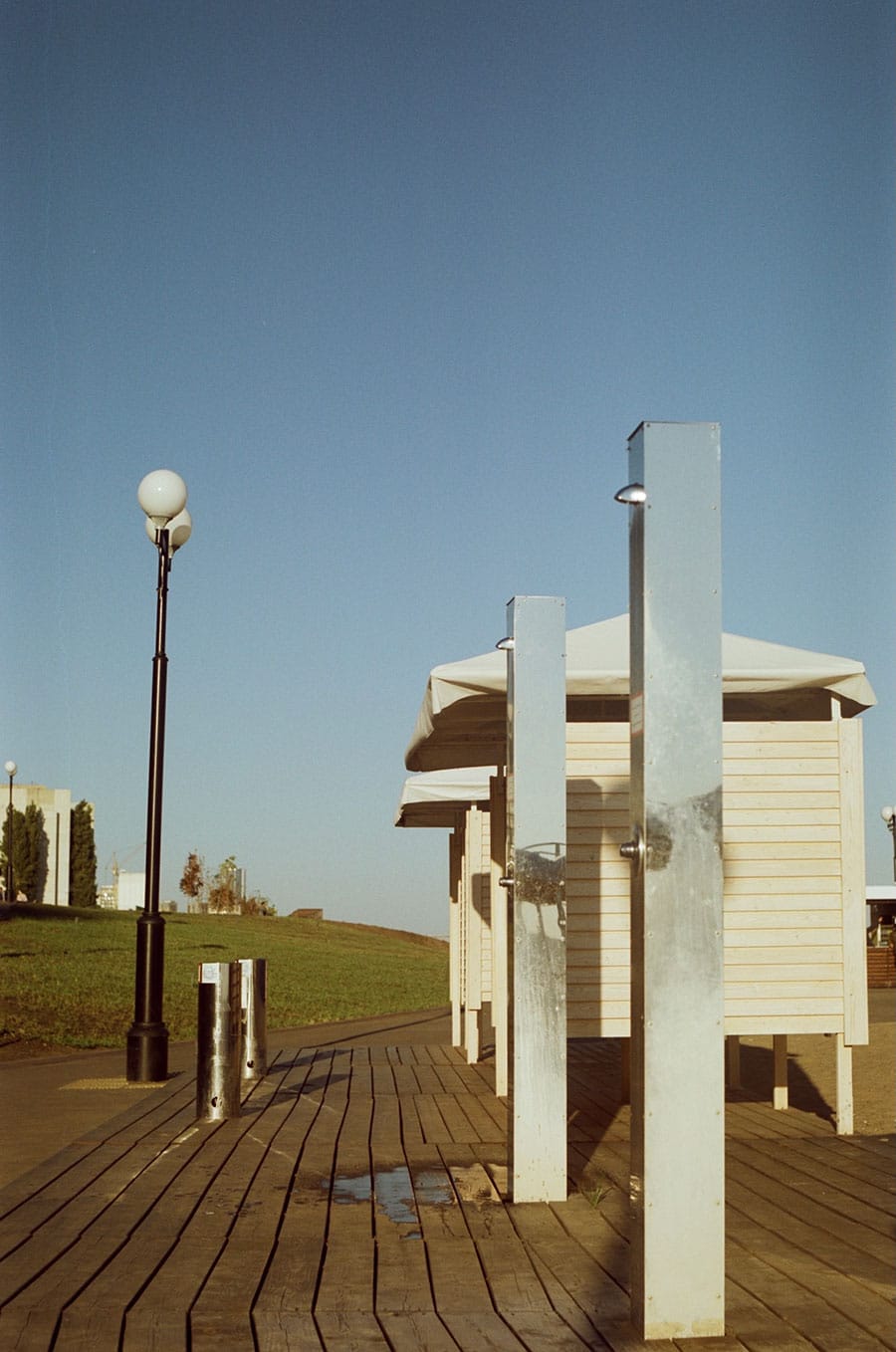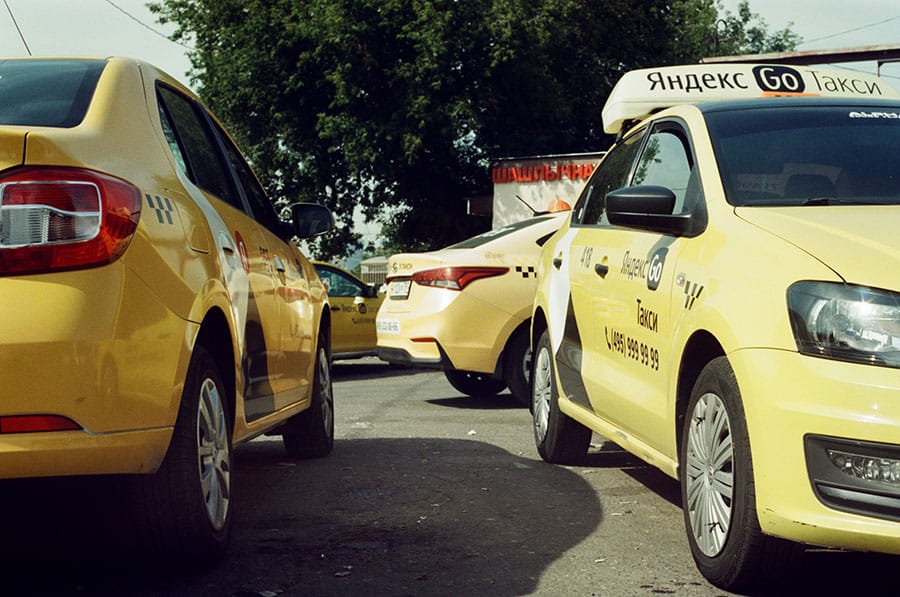Kiev-20
Kiev-20 is a further development of the Kiev-17 camera and is one of the most advanced cameras ever produced in the Soviet Union.

Kiev-20, unlike the Kiev-17 camera, has a built-in light meter, which is a huge advantage over the earlier model. The presence of a light meter allowed this Soviet SLR camera to compete with some foreign cameras, because there was essentially nothing on the Soviet photographic equipment market that could compete with Japanese Nikons and GDR Prakticas.
Kiev-20 Specifications
- Type: 35mm SLR camera
- Manufacturer: Arsenal plant
- Production period: from 1983 to 1986
- Format: 24x36cm on 135 film
- Lens mount: Nikon F-mount
- Lens: Helios-81H f2.0/50
- Viewfinder image field size: 23×35mm
- Shutter: focal-plane shutter with speeds from 1 to 1/1000 sec.
- Viewfinder: SLR with non-removable pentaprism
- Light meter: TTL light meter
- Flash synchronisation: sync socket “X”, sync speeds from 1/60s and longer.
- Selftimer: mechanical
- Weight: 1100 grams

The Kiev-20 camera has a very decent range of shutter speeds from 1 sec to 1/1000 sec plus B. This is noticeably better than most Zenit cameras of those years. This soviet SLR camera, like the previous model, is equipped with a shutter with metal curtains, which of course is much better than a shutter with cloth curtains like in Zenit cameras.
Of course, many professional cameras of those years made in Germany and Japan had the fastest shutter speed of 1/4000 sec, but it must be admitted that 1/1000 shutter speed is enough for most tasks.

This camera was equipped with a Nikon F-mount, which allows you to use Nikon lenses without any adapters. But it should be mentioned that using Nikon lenses on the Kiev-20 camera, the light meter will show incorrect values, so you will have to use an external light meter.
This Soviet camera was equipped with a Helios-81H lens, which is one of the sharpest and highest quality among the Soviet Helios family. This lens is quite sharp already at the largest aperture and has a characteristic swirling bokeh pattern, although not as noticeable as on the Helios-44.
In addition, in the Soviet Union, quite a few good enough lenses were produced for the Nikon-F mount. Of those that can be bought without any problems in our time, our team can recommend the wide-angle Mir-24H and the portrait Kaleinar-5H.

Another indisputable advantage of this camera is a large and clear viewfinder in which you can see 93% of the future frame. Recall that the viewfinder of Zenit cameras showed only 65% of the future frame.
Two LEDs are visible in the viewfinder field of view. A plus sign LED means the frame will be overexposed, a minus sign LED means the frame will be underexposed, and when these two LEDs light up at the same time it means the frame will be correctly exposed.
Conclusion
Kiev-20 is a fairly good camera that can compete with many Japanese beginner or intermediate level cameras of those years. The camera has a good shutter with a good set of shutter speeds, a decent viewfinder, comfortable ergonomics, and fairly high-quality interchangeable lenses.
The biggest disadvantage of the camera is its unreliability. Nowadays it is very difficult to find a Kiev-20 in good working order. If, after reading this article, you wanted to buy this Soviet camera for yourself, but could not find a working copy, then do not be discouraged, because there is Kiev-19, which differs from the 20th model only in the absence of shutter speeds of 1 sec and 1/1000 sec and self-timer and so the fact that Kiev-19 is a much more reliable camera. Moreover, the team of our site believes that Kyiv-19 is one of the best Soviet cameras.
KIEV-20 PHOTOS



























